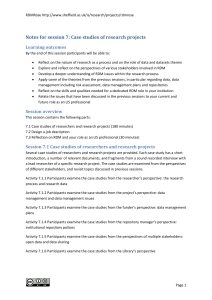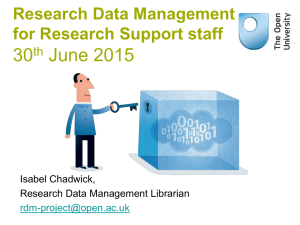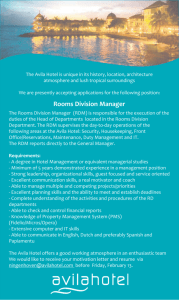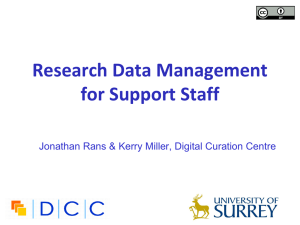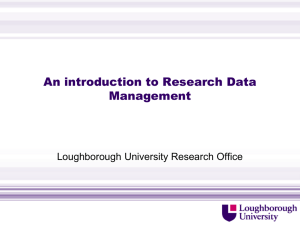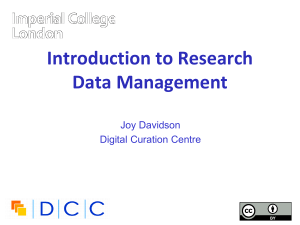RDM - LSC Lighting Systems
advertisement
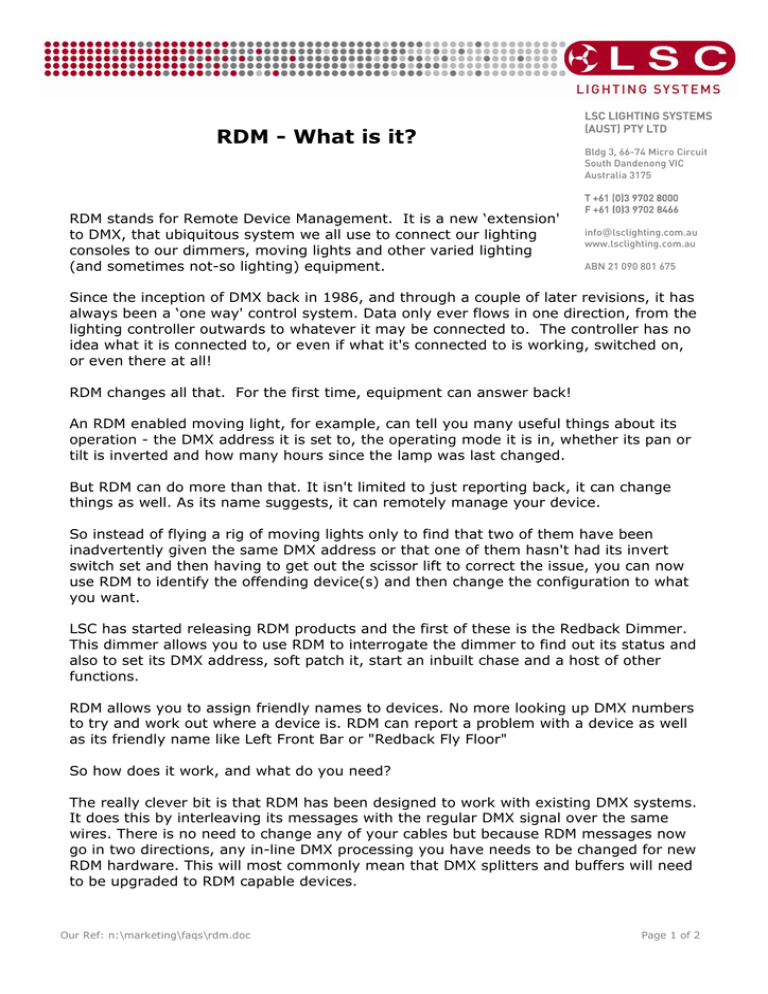
RDM - What is it? LSC LIGHTING SYSTEMS (AUST) PTY LTD Bldg 3, 66-74 Micro Circuit South Dandenong VIC Australia 3175 RDM stands for Remote Device Management. It is a new ‘extension' to DMX, that ubiquitous system we all use to connect our lighting consoles to our dimmers, moving lights and other varied lighting (and sometimes not-so lighting) equipment. T +61 (0)3 9702 8000 F +61 (0)3 9702 8466 info@lsclighting.com.au www.lsclighting.com.au ABN 21 090 801 675 Since the inception of DMX back in 1986, and through a couple of later revisions, it has always been a ‘one way' control system. Data only ever flows in one direction, from the lighting controller outwards to whatever it may be connected to. The controller has no idea what it is connected to, or even if what it's connected to is working, switched on, or even there at all! RDM changes all that. For the first time, equipment can answer back! An RDM enabled moving light, for example, can tell you many useful things about its operation - the DMX address it is set to, the operating mode it is in, whether its pan or tilt is inverted and how many hours since the lamp was last changed. But RDM can do more than that. It isn't limited to just reporting back, it can change things as well. As its name suggests, it can remotely manage your device. So instead of flying a rig of moving lights only to find that two of them have been inadvertently given the same DMX address or that one of them hasn't had its invert switch set and then having to get out the scissor lift to correct the issue, you can now use RDM to identify the offending device(s) and then change the configuration to what you want. LSC has started releasing RDM products and the first of these is the Redback Dimmer. This dimmer allows you to use RDM to interrogate the dimmer to find out its status and also to set its DMX address, soft patch it, start an inbuilt chase and a host of other functions. RDM allows you to assign friendly names to devices. No more looking up DMX numbers to try and work out where a device is. RDM can report a problem with a device as well as its friendly name like Left Front Bar or "Redback Fly Floor" So how does it work, and what do you need? The really clever bit is that RDM has been designed to work with existing DMX systems. It does this by interleaving its messages with the regular DMX signal over the same wires. There is no need to change any of your cables but because RDM messages now go in two directions, any in-line DMX processing you have needs to be changed for new RDM hardware. This will most commonly mean that DMX splitters and buffers will need to be upgraded to RDM capable devices. Our Ref: n:\marketing\faqs\rdm.doc Page 1 of 2 You will also need some kind of RDM controller. Presently these are devices that plug in to the DMX line and talk the RDM language. They put the messages on to the DMX line, and listen for any replies, and display the results via an attached computer. In the future lighting consoles and other lighting controllers will become available with RDM controllers built in. Of course you will need some RDM capable equipment to connect to. The RDM standard was officially released in 2006, but to date, take up has been relatively slow. This is probably for a number of reasons, not least of which is that there are few RDM enabled products currently available. But this is slowly changing. Additionally, take up in the major hire companies will involve some significant investment in new equipment. This may be hard to justify when their existing equipment stock works perfectly well, and perhaps we will only see RDM equipment becoming available for hire when it is bought to replace equipment which has reached the end of its life. Everybody uses equipment in different ways, and some of the features RDM can offer may be of little apparent use to some people, whilst to others they may be the ideal solution to a long standing problem. Take, for example, the ability to remotely set DMX addresses via RDM. For a production electrician fitting up a West End or Broadway show this may not seem incredibly useful. After all, all your moving lights have been prepped to within an inch of their lives in the shop, custom gobo and colour loads have been installed, and all the units pre-addressed and double checked. But consider a small lighting company doing a one night stand, loading in that afternoon for a show that night. A random selection of equipment has turned up, none of it pre-addressed, and the electrician is late to hook up the power. It's all got to go up in the air ASAP. In this situation, the ability to set DMX addresses via RDM could be a life saver. RDM also has the ability to read and report operating statistics and error conditions from any enabled equipment that supports it. This opens up the possibility of remotely monitoring the condition of your lighting rig and getting notice of failed equipment, or even advanced notice of things that may be cause for concern. For example, a moving light that reports a very high bulkhead temperature may be suffering from a failed fan or clogged filter, or a scroller that reports a high motor current may have a jammed scroll. What does the future hold? In the future it will be possible to remotely monitor a lighting rig over the internet, enabling off site hire and production companies to know the health of the rig, and if something fails, what spare parts to turn up with to effect a speedy and efficient repair. But in the future, RDM will lead to the development of a host of new devices that don't even exist at the moment - devices that in themselves provide no visual effect on stage but will exist purely because they can talk back and tell you something useful about your production, over the existing DMX cabling. This document is one of a number of FAQ documents that can be found on the LSC website at www.lsclighting.com Our Ref: n:\marketing\faqs\rdm.doc V1.0 Page 2 of 2
